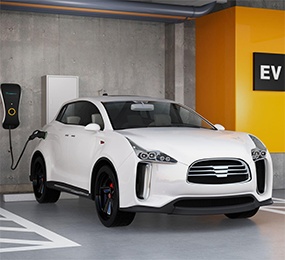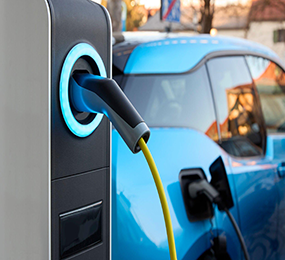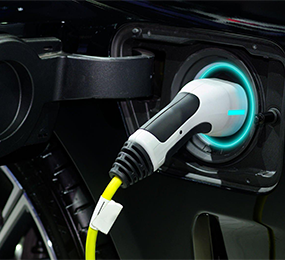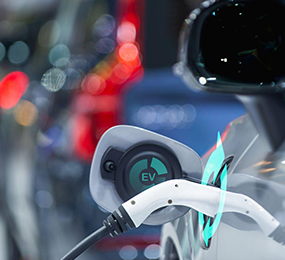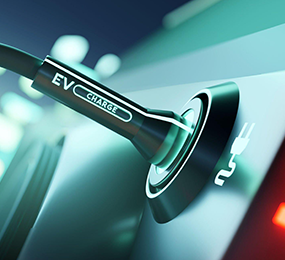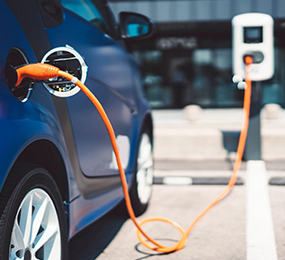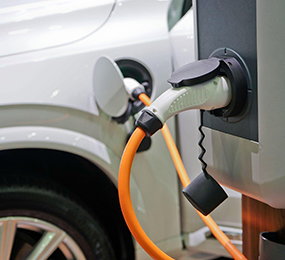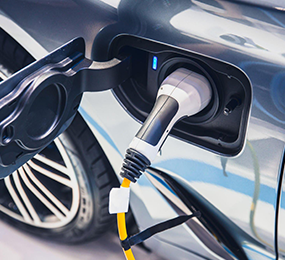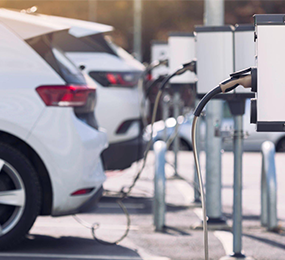Accessibility of EV Charging Points
A large amount of the EV infrastructure was built with inaccessibility and inclusiveness in mind. According to the charity's analysis, there might be 1.35 million drivers or passengers who rely on public charging infrastructure by 2035, yet many of them may be unable to utilize it.
Is EV ready for everyone to drive?
The EV industry has been increasing significantly, especially with the continued problems posed by the epidemic. Pure EVs are presently the most desired cars, with EV sales climbing substantially month after month, according to data from the Society of Motor Manufacturers and Traders (SMMT).
Although charging an EV without off-street parking is doable, it might be tricky. EV drivers who are unable to charge their vehicles at home are compelled to use charge stations accessible on the UK public network or at work if one is supplied.
When we examine the public network, we discover a slew of faults that might deter anyone from purchasing an EV. According to ZapMap, the public network has around 30,000 charging stations.
But how many of them are accessible to people with disabilities? 'While the shift to EVs is still a few years away, the infrastructure needed for individuals to charge their cars is being planned and developed now,' said Emilia Platoni, Partnerships Manager at Motability. It is critical that this be done with accessibility in mind, since this will help not just individuals but will also make EV charging more convenient for everyone.'
What accessibility concerns may an EV driver face?
As the government pushes its efforts to guarantee that EVs have a robust public charging network, there are fears that those with accessibility requirements have been overlooked.
Those who use public EV charging stations with accessibility may encounter a variety of challenges. EV chargers frequently have high curbs and thick wires.
Steven, who drives a Nissan Leaf and has mobility issues, tells Air Quality News that charging his EV in public might be difficult, especially if he has never used that charging station before. 'Fortunately, I charge most of the time at home, but using the public network is quite tough.'
Furthermore, Steven emphasizes how he had never experienced any of these concerns before to driving an EV. 'I don't see why charging is so much more difficult than going to a fuel station,' says one.
It isn't only physical boundaries. All EV charging stations should be properly labeled and identifiable, as some drivers may struggle to comprehend where they may charge their EV if charge ports are not visible and recognizable. It's also worth noting that EV drivers may encounter a variety of payment options while charging their vehicle in public. There is no uniform design for charging stations at the moment. As a result, drivers may need to download necessary applications ahead to arrival in order to charge their vehicle.
While they may appear to be small inconveniences, they can make charging an EV for someone with accessibility needs nearly difficult. It's also worth noting that all of these restrictions aren't available at a typical gas station, therefore it's totally logical for firms to build EV chargers without them.
Safety when charging an electric vehicle
There are also potential safety issues with the current EV charge point network. While there are currently many EV charging stations across the area, some of them are in isolated, dark, and unlit places.
Maddie Moate, a TV personality, made the move to an EV last year, purchasing a 100% electric Kia e-Niro. Maddie demonstrates how impractical the public network may be after having her EV for a few months and using it daily to go up and down the nation. She mentions not just the continuous challenges with the public network's stability, but also how she sometimes feels dangerous when charging her EV.
Caroline, who owns an all-electric Mercedes EQC, expressed similar worries to Maddie. She stated that she would not feel safe being alone in most spots where she has had to charge her vehicle in the past.
When charging an EV on the move, you may have to wait 30-45 minutes for a sufficient level of energy. This may entail waiting alone in a dark and filthy parking lot with no lamps.
Caroline went on to note that she frequently uses ZapMap to "avoid the chargers that are in the middle of nowhere." While Caroline agrees that convenience is an essential component in building charge stations, she does not believe that having an EV is as accessible as owning a conventional car at this time. As the government works to make EVs a more common mode of transportation, the accessibility, availability, and safety of EV charging stations should be prioritized.
How can we make it easier to charge an EV?
It is obvious that there are persistent accessibility concerns for EV customers who rely on public charging networks, but how can we address this? The first step is to challenge the lack of direction or law when developing and constructing EV infrastructure.
'In the absence of law, parties ranging from councils to supermarkets, manufacturers to installers, all have a role to play in making public charging outlets accessible,' says Emilia Platoni. This is why it is critical to have a standard for accessible charging. It establishes an expectation that EV charging should be made available while also giving guidance on how to do so in practice.'
Designability specializes in human-centered design approaches and will collaborate with Motability to develop innovative, accessible EV chargers.
'With proper thinking, all of these hurdles to accessibility can be addressed,' says Ben Carey, Marketing and Communications Officer of Designability. By doing so, we not only ensure that individuals have access to EV charging, but we also increase access for everyone.'
While the government is eager to encourage all-electric driving, it is vital to remember that significant investments in public EV infrastructure have already been made without regard for inclusion.
Governments, local governments, and providers must examine the accessibility of EV charge stations sooner rather than later to prevent spending money on EV chargers that are inaccessible to many drivers.
Visit our website to know more: https://bit.ly/3W0umUp
For more information and group participation, contact us: [email protected]
Leadvent Group - Industry Leading Events for Business Leaders!


